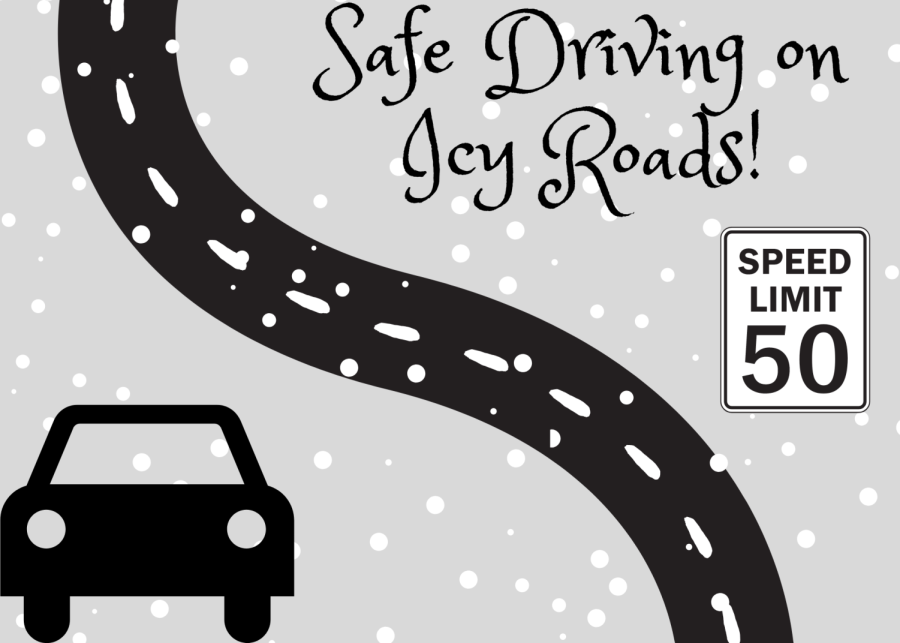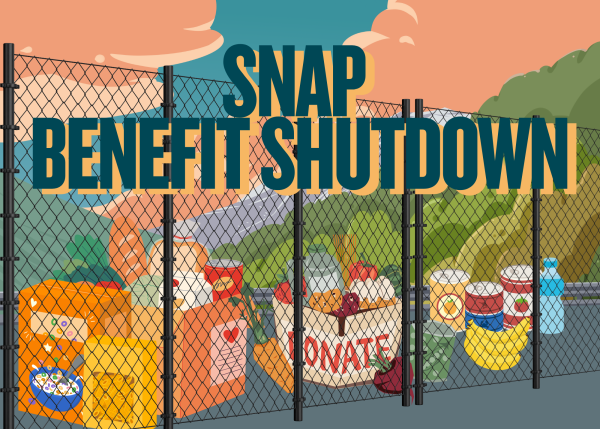Staying Safe on the Road this Season
Driving is a crucial factor in everyone’s life. Most teens drive sometime in their high school career; therefore, we need to know how to do so safely. Winter is a difficult season to drive in and the roads become more dangerous. Due to dropping temperatures, water freezes over roads and makes them hazardous. For that reason, it is necessary to take precautions; here are some ways you can.
Starting off, plan ahead and defrost your car before leaving. Even if you are running late, let your car defrost. Furthermore, remove all the ice and snow off your car before leaving. It is a huge safety hazard driving without having a full view of your surroundings. The winter season also tends to drain a weak battery; check it before getting on the roads.
Tires are one of the most important things to check. Ensure that your tires are filled up all the way and check the tread on your tires. When the roads are slushy or icy, you are more likely to slip if you have worn out tires. Fun fact: you can hydroplane at as low as 15 miles per hour on icy roads. In addition, tires make different sounds on different surfaces. A loud crunching sound will happen while driving on snow. If that sound suddenly stops, you could be driving on ice. Be sure to take the proper precautions and turn the radio down to minimize any other distractions so you can hear these changes.
Upkeep of your brakes is also important. You should have your brakes checked every time you get an oil change. When your brakes are worn out, they will squeak when you hit the pedal. You also must know how to use brakes correctly on icy or snowy roads. Make sure you are giving yourself enough time to slow down before you turn or stop; harshly braking will cause your car to slide. If you do come upon a rough patch on the road, remember to ease off the accelerator and apply firm, steady pressure to the pedal.
Driving slowly is another key factor to staying safe. Driving too fast or making sudden movements will cause you to slide. Most people feel pressured to drive quickly because someone passes by them quickly. Do not worry about them and go at a comfortable speed at which you feel you have control. On the contrary, do not go too slow because that can be just as dangerous as going too fast. People will expect you to go at a normal speed. Drivers might hit you because they expect you to be going faster. Remember to stay with the flow of traffic; increase your following distance to eight to 10 seconds.
Switching lanes is something that is harder than normal when it is icy outside. When switching lanes, ensure to check your surroundings multiple times, and do not change unless you are sure that you have plenty of time to merge. Sudden movements will increase your chances of sliding or crashing.
If you do begin to slide, take your foot off the accelerator, and allow the car to naturally decelerate. Gently steer into the direction of the slide to stabilize the car. Keeping the wheel turned decreases the chances of overcorrection or a car flip.
Adding on, other areas of the road like bridges, overpasses, and ramps tend to freeze first and stay frozen longer. Be sure to slow down in these areas, and make sure to pay attention as it is a prime spot for black ice; black ice is clear ice that is hard to see.
It is smart to keep an emergency kit in your car. You will need one just in case you break down or get stuck. This kit should include a flashlight, flares or reflective triangles, sand, or kitty litter to help with tire traction, a cellphone charger, a shovel, and jumper cables. You should also store nonperishable food and something to keep you warm.
In conclusion, the best way to avoid an accident is to stay home; do not go out unless needed. If you must go outside check your brakes, battery, and tires. To continue, watch your surroundings and take it slow. Lastly, pack your emergency kit. Drive safely and take the proper precautions on the road to get to your destination safely.

Allie Giroux is a junior and this is her second year in journalism. In addition to being the associate editor for The Blackman Voice, she is also a member...

Demaiia King is a senior and this is her second year in journalism. She is this years’ Engagement & Graphics Coordinator, in addition to being a...












